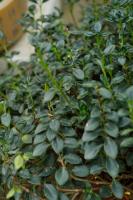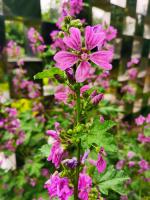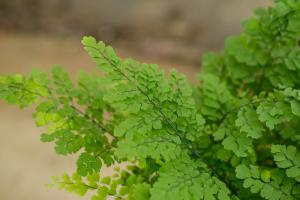Propagation of Phlox ramets
The ramet of Phlox is very simple and suitable for family reproduction. The ramet is generally carried out in early spring or autumn
Phlox root has a strong ability to divide buds, and side buds often appear in the growth process. Dig out and plant the budding plants around the mother plant to ensure the complete root system as far as possible, so as to improve the survival rate

Phlox sowing and propagation
Phlox is usually sown and propagated in warm autumn and cold spring. The suitable temperature for germination is 15-20 ℃
Seed viability can be maintained for 1-2 years. Sowing in autumn, the seedlings will survive the winter in a relatively low temperature environment after one transplantation. Don't leave the room too early in early spring and supplement fertilizer appropriately. They will grow normally in April

Phlox cutting propagation
Rooting: in spring and autumn, combined with separate planting, cut some roots into small segments about 30 cm long and bury them in plain sand. Keep the soil moist under the condition of 15 to 20 degrees, and new buds can grow in about 30 days
Stem insertion: in spring, summer and autumn, usually after flowering. Stem cuttings are suitable for mass production. In combination with pruning, take fully grown branches, cut cuttings 3 to 5 cm long, and insert them into clean sterile plain sand. The row spacing of plants is 2 to 3 cm, keep the soil humidity, and take root in about 30 days. In summer, spray 800-1000 times 50% carbendazim solution once or twice to prevent cuttings from rotting
Leaf cutting: take leaves with axillary buds in summer (leave about 1 / 2 of the leaves), with 2cm long stems, and insert them into clean and sterile plain sand. Pay attention to shade and keep the soil moist. They can take root in about 30 days. The operation is complex and the survival rate is low

Phlox strip propagation
One or two-year-old branches close to the ground shall be bent and buried in the soil, and the upper end of the branches shall be exposed to the ground. When pressing the branches, the bark of some branches buried in the soil shall be cut in advance (which can release nutrients and facilitate rooting). After rooting for about 30 days, they can be separated from the mother plant for planting

 how many times do yo...
how many times do yo... how many planted tre...
how many planted tre... how many pine trees ...
how many pine trees ... how many pecan trees...
how many pecan trees... how many plants comp...
how many plants comp... how many plants can ...
how many plants can ... how many plants and ...
how many plants and ... how many pepper plan...
how many pepper plan...































